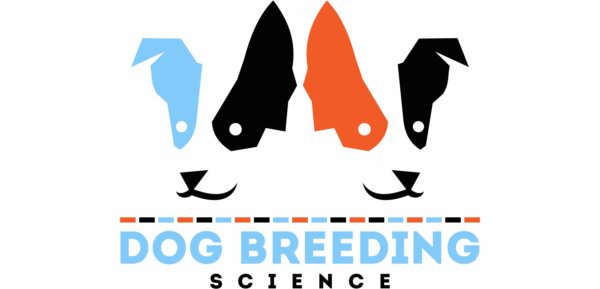R locus roan
Summary
This type of roan in dogs is upside down compared to roan in horses and cattle. Weird but true!
In horses and cattle, roan is white hairs coming through a coloured coat. When a roan or cow has white markings, the white markings are completely white and the rest of the animal is roan (face and points excepted in horses).
Conversely, this canine roan is dark hairs coming through white sections of coat. If a dog is roan and has white markings the white markings will be roan and all the non-white sections of the coat will be a solid dark colour.
Roan is dominant, so that means that if a dog horse or cow has the gene they will be roan... except keep in mind that in dogs if they are roan and have no white markings to see it on, you'd never know. In addition, roan is not visible on new-born pups. It takes time to grow in, so if you want to know early which ones are roan you need to test.
Our test for roan is a presence/absence test only.
Gene or region and technical reference
Gene: USH2A (causative). Reference: Brancalion et al. (2021)
Reported alleles
n. Test developed using artificial DNA, animal controls.
R. Test developed using artificial DNA, animal cases.
Panels: groups of tests that are often ordered together
This test is not in any panels.
